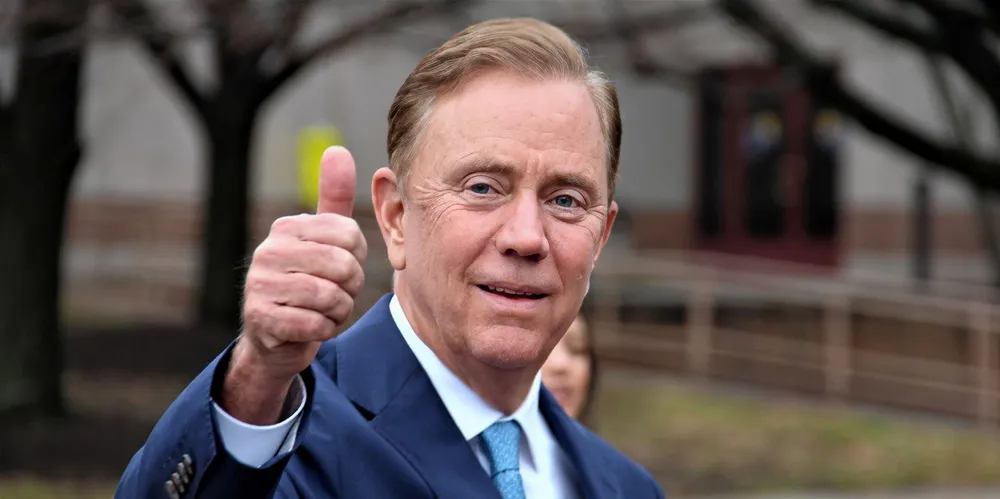Connecticut opens 2GW offshore wind tender in wake of Park City cancellation
Round may be part of groundbreaking regional effort with Massachusetts and Rhode Island for 6.8GW

Connecticut announced a request for proposals (RfP) for up to 2GW of offshore wind capacity and other renewable energy sources towards a 100% clean energy grid by 2040 and state-wide emissions cuts 80% below 2001 levels by 2050.
“Grid-scale clean energy projects are critical investments to diversify our grid, which will help protect Connecticut residents and businesses from price spikes linked to global fossil fuel markets and geopolitical events, while making our energy supply more reliable and our air safer to breathe,” said Katie Dykes, commissioner of the state Department of Energy and Environmental Protection (DEEP).
The state joined this offshore wind RfP to a second one for other clean energy projects able to generate 15% of the state’s annual electricity load.
Connecticut will add this capacity to a regional effort including neighbouring Massachusetts and Rhode Island for 6.8GW of offshore wind capacity.
Massachusetts is seeking 3.6GW while Rhode Island has reissued its failed round 2 for 1.2GW this month.
Connecticut said it may award projects solely or in coordination with its neighbours. Bids are due to the DEEP by 31 January next year.
The state’s offshore wind efforts have been a mixed bag. Iberdrola’s Avangrid last month cancelled its 804MW Park City project due to the now familiar causes of high inflation and interest rates and supply chain turmoil.
Yet this week, Danish developer Orsted followed the scuppering of 2.25GW of New Jersey capacity with confirmation of financial close of its 704MW Revolution project, 304MW of which is bound for Connecticut.
Revolution is owned in a joint venture (JV) with New England utility Eversource and will be marshalled out of the refurbished State Pier in New London.
The tender includes a new provision allowing bidders to submit pricing at a fixed rate or at a rate indexed to “the price of listed macroeconomic factors and commodities and that would be fixed at a date certain in the future”, DEEP noted.
This indexed pricing option would adjust for “changes, such as inflation, that may occur after the bid due date but before the project reaches financial close,” DEEP said, but are limited to 15% up or down.
Governor Ned Lamont last month released the state's first strategic roadmap for economic development in offshore wind, which will be supported by a newly formed public-private group known as the Connecticut Wind Collaborative.
“Connecticut’s deepwater ports, direct water access, and long history of advanced manufacturing make our state a natural home for offshore wind projects serving all of New York and New England,” Lamont said.
“The offshore wind industry has the opportunity to create even more high-quality, well-paying jobs in Connecticut, and we want to make sure those jobs are created here.”
(Copyright)